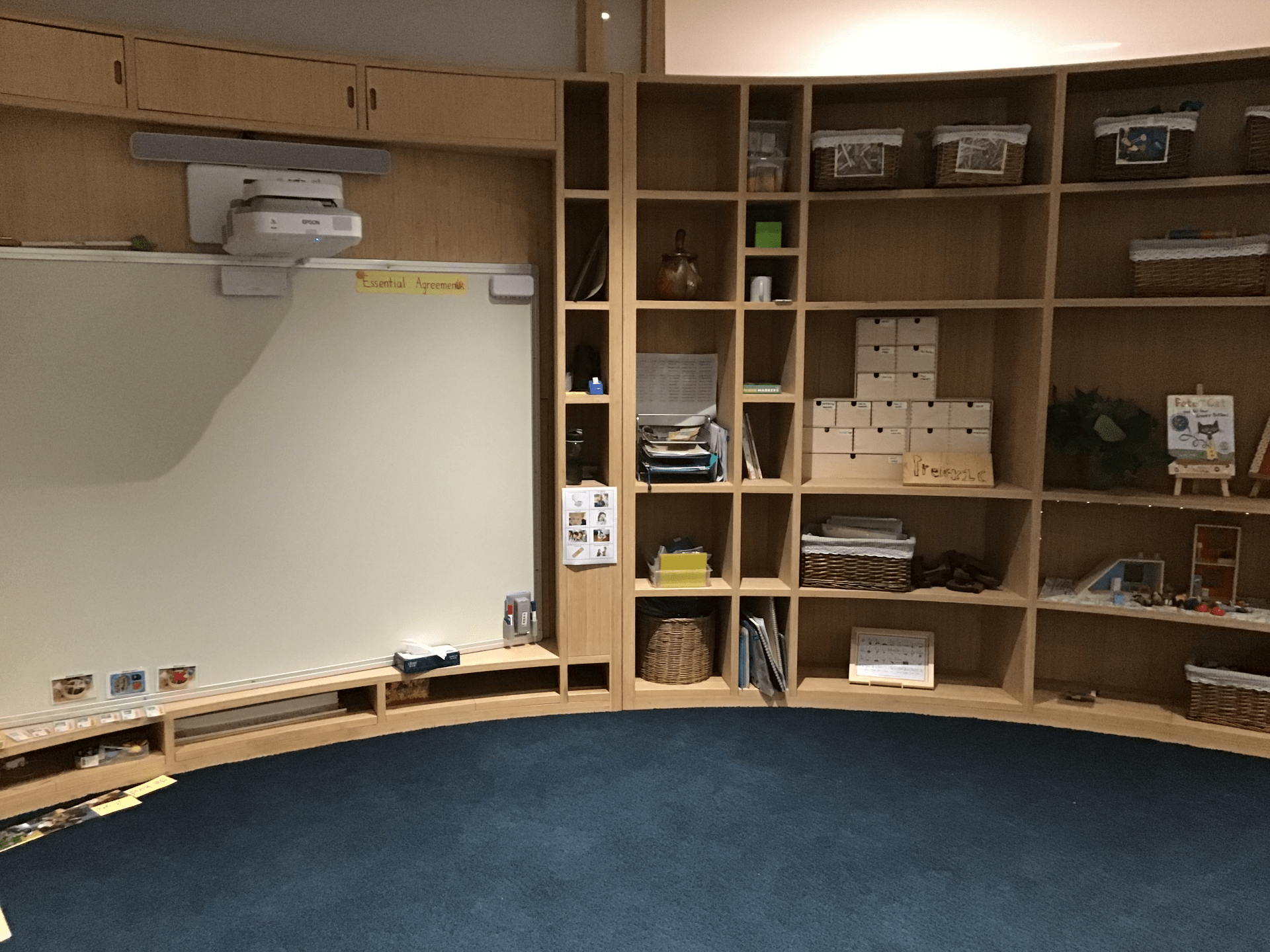Welcome to the new school year and to our exciting Early Years space! We have been exploring the different centres within the space to learn more about ourselves, our community and the environment.
Here are a few stories that we would like to share.
Dramatic Play
It looks like I’m playing, but…


…I’m developing social skills, emotional skills, independence, oral language, my imagination and responsibility. It helps me learn how to make positive, healthy choices. I may use these skills as a mother, father, safety officer, lawyer or politician.
Block Play
It looks like I’m playing, but…


…I’m developing motor skills, math concepts (number, size, shape, space), oral language, social skills. eye-hand coordination, self-control, and my imagination. I need these skills as a builder, engineer, designer or architect.
Art
It looks like I’m playing, but…



…I’m developing my creativity, small motor skills, problem solving, sharing, cooperation, independence and responsibility. I need these skills as an artist, illustrator or designer.
Story Time
It looks like I’m playing, but…


…I’m developing alphabet knowledge, oral language, print knowledge, listening skills, eye-hand coordination, concepts about the world, and the desire to read. I need these skills as a publisher, journalist, author, creative writer or librarian.
Science
It looks like I’m playing, but…



…I’m developing a curiosity about the world, sensory skills, problem solving, language skills, and experience with the scientific process (observing, predicting, experimenting, recording, reporting). I will utilise these skills as a doctor, lab technician, pharmacist or astronaut.
Mathematics
It looks like I’m playing, but…



…I’m developing oral language, social skills, small motor skills, concepts about quantity, shape, size, pattern, and an interest in math. I need these skills as a computer programmer, surveyor, accountant, teacher or mathematician.
Table Tops
It looks like I’m playing, but…



…I’m developing small muscles, eye-hand coordination, attention span, social skills, and concepts about size, shape, colour pattern. I need these skills as a chef or dentist.
Language
It looks like I’m playing, but…


…I’m developing oral language, alphabet knowledge, print connections, phonological awareness, visual skills, book knowledge, phonics; motivation to read. These are important skills as it will be important to know how to read.
Writing
It looks like I’m playing, but…


…I’m developing eye-hand coordination, small motor skills, alphabet knowledge, self-confidence, vocabulary, and an interest in print. I will use these skills as a journalist, administrative assistant, counselor, artiste, musician or poet.


…I’m learning to be
a thinker
a risk taker
a communicator
an inquirer
caring
balanced
principled
knowledgeable
reflective
and
open-minded
no matter who I become!

















































































